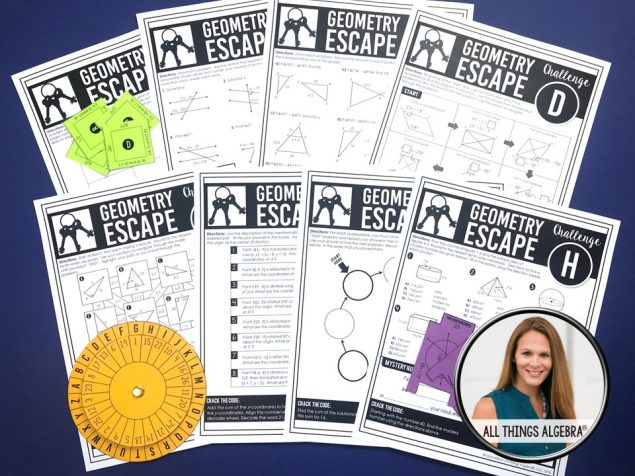

Comprehend the idea that the direct or indirect rays of sunlight impact hours of daylight and resulting temperatures.Differentiate between the different types of solstices and equinoxes and their cause.Understand the basic idea of how a tilted axis creates seasons.
LUNAR CYCLE ESCAPE ROOM ANSWER KEY FULL
Explain how certain types of tides can occur only during specific phases of the Moon (Spring tides = new moon or full moon Neap tides = first quarter or third quarter)Įarth's Seasons Lesson Overview.Comprehend the idea that high and low tides occur based on the gravitational pull of the Moon in relation to the Earth.Differentiate between the different types of tides (spring tides vs.Understand the basic idea of how tides are created.Differentiate between the different types of lunar eclipses (total, partial, and penumbral)Īll About Tides Lesson Overview.Understand the basic idea of how lunar eclipses are created.Explain how the umbra and penumbra vary in terms of light intensity.Comprehend the idea that eclipses do not happen each month based on the tilted orbit of the Moon.Differentiate between the different types of solar eclipses (total, partial, and annular).Understand the basic idea of how solar eclipses are created.Explain the interactions happening between the Sun, Moon, and Earth system.Comprehend the idea of the cause of the phases of the Moon (sunlight reflection and Moon revolution/position).Differentiate between the 8 phases of the lunar cycle.Understand the basic idea of Moon phases.Explain how a lunar year and lunar day are equal, resulting in only one side of the Moon being visible from Earth.Comprehend the idea that days and years are created by movement of the Earth and Moon, not the movement of the Sun.Differentiate between the different types of movement (rotation and revolution).Understand the basic idea of how gravity creates orbital paths.The Sun, Earth, and Moon Lesson Overview. Explain the difference between an asteroid, comet, and meteoroid.Comprehend the idea that the inner planets and outer planets formed based on their composition and position relative to the Sun.Differentiate between a planet and a dwarf planet.Understand the basic concept of the formation of the solar system.Engage in discussion with classmates using higher order thinking.Develop a creative writing to illustrate their understanding.Explain how increasing the mass or distance from an object will impact the gravitational attraction between objects.Comprehend the idea that gravity creates the attraction that holds objects in their orbital motions.



An interactive, highly engaging student video for each topic.Earth's SeasonsInteractive Video and Extension Activities.All About Tides Interactive Video and Extension Activities.Lunar Eclipses Interactive Video and Extension Activities.Solar Eclipses Interactive Video and Extension Activities.Moon Phases Interactive Video and Extension Activities.The Sun, Earth, and Moon Interactive Video and Extension Activities.The Solar System Interactive Video and Extension Activities.Stars, Galaxies, and the Universe Interactive Video and Extension Activities.This astronomy bundle includes the following 8 interactive videos (listed in recommended viewing order for scaffolding) an INTERACTIVE WEBQUEST and ESCAPE ROOM to review all concepts : A Google Doc version- Ideal for posting directly to Google Classroom.OVER 35 EXTENSION ACTIVITIES TO INCREASE STUDENT UNDERSTANDING AND COMPREHENSION! ONLINE PRACTICE LINKS INCLUDED. 4 FULL WEEKS OF COMPLETE SCIENCE LESSONS! NO TEACHER PREP! ANSWER KEYS INCLUDED.


 0 kommentar(er)
0 kommentar(er)
